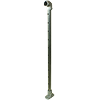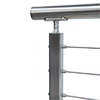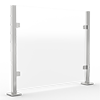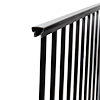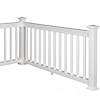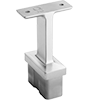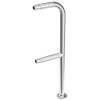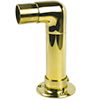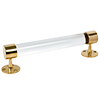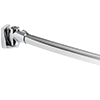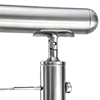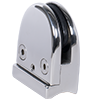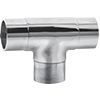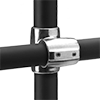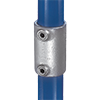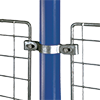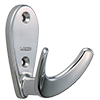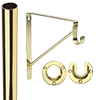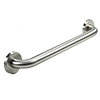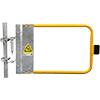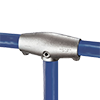When is a Handrail Required for Stairs
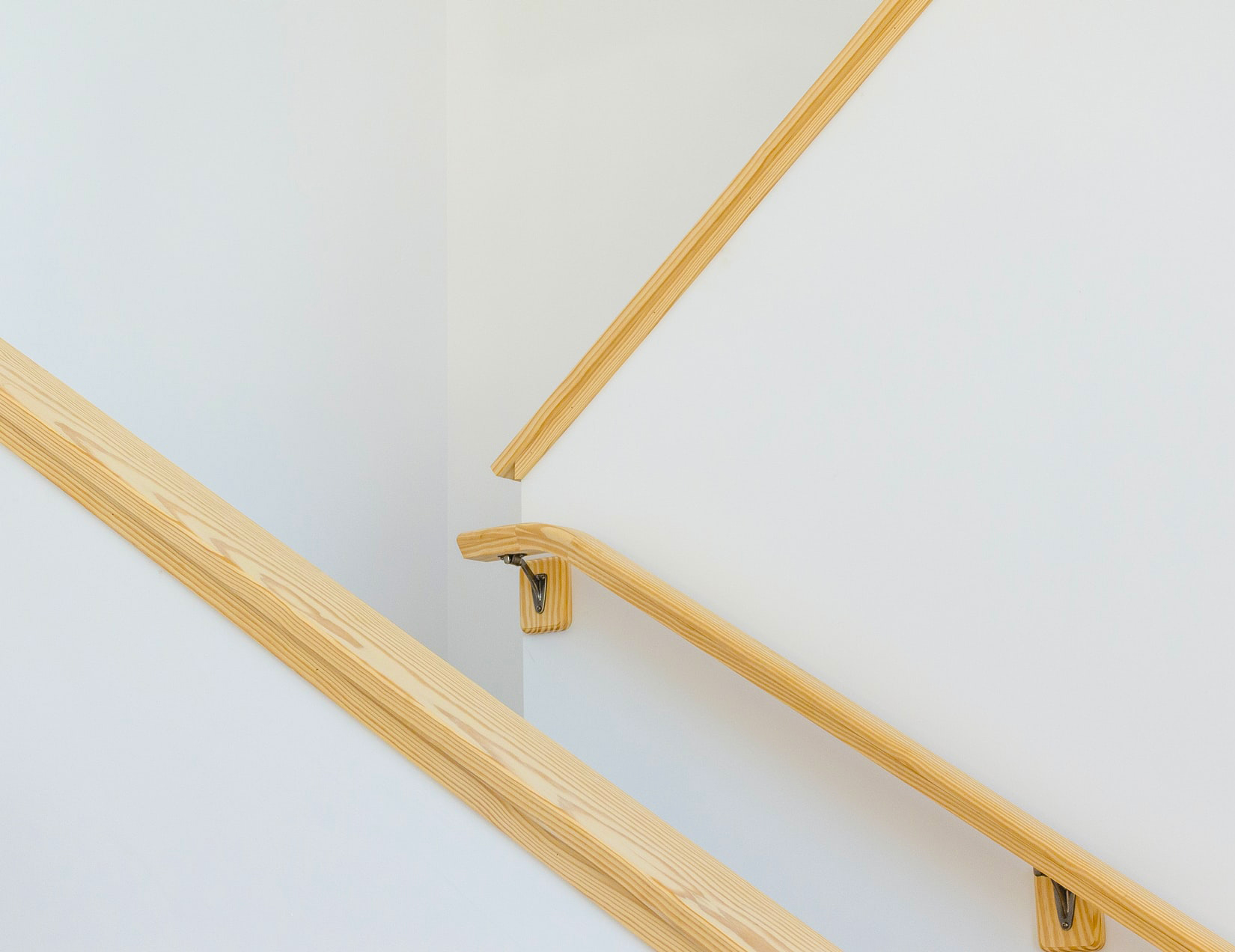 Let's say that you are in a house or building and need to tackle a set of steps. You instinctively go for a handrail since it helps to maintain balance, making it a crucial safety component of the stair system.
Let's say that you are in a house or building and need to tackle a set of steps. You instinctively go for a handrail since it helps to maintain balance, making it a crucial safety component of the stair system.
And while handrails are a helpful addition to any stair system, you might be wondering if the regulations always require them.
In this article, we'll discuss all details on codes and laws related to railing systems. The major question will be, "when is a handrail required for stairs?"
Here is what you should know before deciding on installing a railing system!
How Do Handrails on Stairs Help Keep You Safe?
It's easy to explain why handrails are crucial for the safety of any stair system. They provide you leverage and assist in maintaining balance while climbing up or going down the stairs.
The idea is to grab the handrail with your hand to achieve better balance. That significantly reduces the risk of falling at all ages.
It is vital to honor code requirements for the optimal protection of the people using the stairs. That's the only way to maximize the benefits of the rail system.
Handrail Requirements – When Do You Need to Install Them?
You will need to follow different regulations depending on your property. However, it ultimately comes down to your local building codes. They cover everything from the height of the handrail, to the material you can use in a particular location.
The experts advise consulting with the local regulation. Don't hesitate to contact the city hall or another relevant authority to tell you what requirements your handrails should fulfill.
It could be that there's no detail on how many steps require a handrail. Instead, you'll notice the rise requirements. If the total rise is at least three feet, most regulations will require a rail and handrail.
The rise is the difference between the bottom of the stairs and their top edge. In other words, it's the height difference from the ground to the area you want to reach.
Do I Need a Handrail for 3 Steps?
The answer to this question is the same as above – you want to consult the local regulations. However, most of them consider the rise and not the actual number of steps.
So, the number of stair treads is not relevant, but the exact height is. The critical thing to note is that handrails must be provided to all stairways that have a rise of at least three feet.
As for the building codes, they might not apply to all properties. If you believe your stairs aren't subject to inspections, you don't have to abide by the codes, but it is always a good idea to check and confirm local building codes.
The handrails provide safety benefits, so they might be a wise move even when required by the law.
A Stairway Has 6 Steps. Is a Handrail Required?
The odds are that the vertical rise is more than three feet. That means you'll need to install a handrail system.
Check with local authorities. However, the general rule is the stairway with six steps requires rail systems to optimize user safety.
Are Handrails Required on Both Sides of Stairs?
Are you wondering which side does handrail goes on the stairs? Experts agree that you should install handrails on all unprotected sides of your steps. That means you'll need the handrails on both sides in most cases.
An exception might be when there is a wall on the other side. For example, if you place stairs on the porch next to the house's exterior wall, it might be the only option to place the handrail on the opposite side.
Which side should the handrail be on the stairs? If the wall is on the right side then it should be on the left and vice versa. If you believe you are subject to specific codes, make sure to consult local authorities or an expert before installing the steps. It's vital to ensure you meet all regulations for maximum safety.
Where Should a Handrail Start and Stop?
Common sense dictates that the handrail should start with the bottom tread inline or in a position where it's easy to grasp before you start moving up or down the steps.
Make sure to maintain the height throughout the total length of the rail system. You can extend the rail a couple of inches after the bottom or top step – it doesn't have to be in line with it.
Please note you should position the handrails in line with the face of the riser.
How Many Steps Before a Landing Is Required?
The majority of regulations agree that the vertical height difference from the floor level to the landing shouldn't be more than 12 feet.
That means you can place approximately 12 steps, but it is mandatory to follow these height requirements. So, if you have a 30-foot rise, the stairs will require two intermediate landings.
When Is a Handrail Required for Stairs by OSHA Standards?
OSHA is an abbreviation for Occupational Safety and Health Administration, and it's a relevant US authority working as a part of the Department of Labor.
The OSHA rules and standards regarding handrails are in the section about the fall protection systems.
Here are some considerations to note:
- The railing height should be at least 42 inches from the first edge of the tread to the rail's upper edge. If your system was installed before January 2017, the mandatory height decreases to 30 inches.
- You have to secure at least 2.25 between each handrail and another object.
- The height of handrails shall be not more than 37 inches, with a start being the step's surface to the handrail's upper surface. The minimum should be 30 inches.
- If there is an opening, there shouldn't be a space more than 19 inches between the openings. That refers to balusters on your stair rail system.
- Anyone climbing or going down the stairs should be able to hold the handrails firmly. In other words, you should ensure the surface of the tread isn't slippery.
- The OSHA standards specify that the top rail and handrail should handle a weight of a minimum of 200 pounds in any direction.
It's vital to note that OSHA standards are prone to change over time. That's why you should consult the latest requirements or contact an expert.












